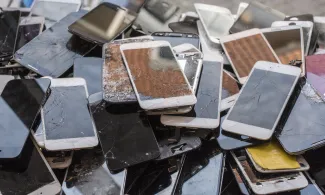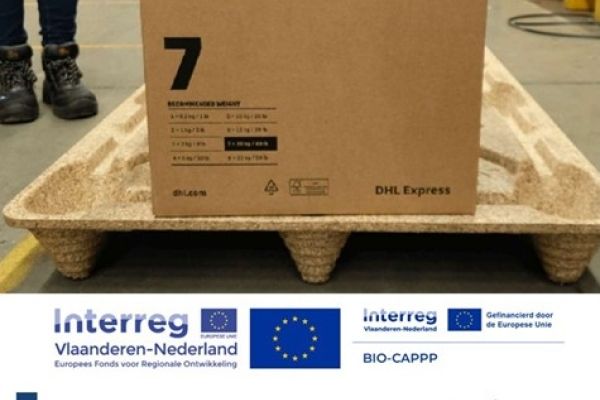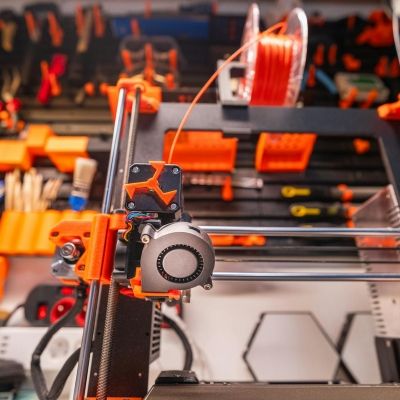The circular potential of reversible bonding: the smartphone as an application
With reversible bonding techniques, bonded components and products can be more easily repaired or recycled. VITO investigated the circular potential of reversible bonding when applied to a smartphone battery. While the environmental impact is clearly positive, the financial aspect is not straightforward within traditional sales models.

The pros and cons of adhesive as a bonding method
The use of adhesive as a bonding method is gaining popularity compared to screws and welding, and there are several good reasons for this. Products consist of increasingly complex material combinations, and adhesive is suitable for joining them together. The use of adhesive often results in lower weight, reduced chances of corrosion, uniform pressure distribution, noise dampening, and good resistance to extreme environmental conditions.
However, the use of adhesive poses a significant challenge for a circular economy. Bonded components cannot be easily disassembled for high-quality repair, refurbishment, or recycling processes. Therefore, a team of researchers from Flanders Make, VITO, and BIL is investigating the circular potential of reversible bonding techniques in the Circular Bonding project. These techniques allow bonded components to be disassembled "on demand," for example, through induction or convection.
The circular potential of reversible bonding for smartphones
To explore the circular potential of reversible bonding, the application of a smartphone was chosen as the starting point. Whereas the battery was easily replaceable in the past, it has been bonded to the smartphone's housing for several years. Multiple scenarios were examined, including the ability to replace the battery to extend the smartphone's lifespan, as well as the possibility of recycling the battery and the rest of the smartphone through separate processes. In these scenarios, a comparison was made between the outcomes of a traditional sales model and a product-service model (leasing). The circular potential was evaluated from three perspectives:
-
Maintaining the functionality of smartphone components was analyzed through statistical entropy analysis (SEA).
-
Environmental impact was assessed using a Life Cycle Analysis (LCA).
-
Economic impact was measured through Life Cycle Costing (LCC)
The results of this research show that the use of reversible bonding techniques can be a lever for implementing circular strategies that can maintain the functionality of the smartphone and its components at a high level. The main added value of this technology is that components can be replaced or kept up-to-date while the smartphone's printed circuit board, which has the heaviest environmental impact, can be preserved.
However, a rapid transition to this technology cannot be expected, as companies have no strong incentive to work in this way. Although bonding and debonding make up a negligible part of the lifecycle costs, the results of the LCC analysis show that only leasing scenarios are profitable. Most consumers, however, want to own their device. Moreover, younger consumer groups, in particular, are not interested in extending the lifespan of their smartphones, as they typically look forward to new models. This is also supported by previous research on the limited acceptance of leasing models for smartphones in Flanders. Additionally, the costs of reversible bonding do not outweigh the financial benefits of battery recycling.
The role of governments
Policy recommendations from this research are aimed at adjusting incentives to promote reversible bonding techniques. Stricter regulations regarding product and component repairability and recyclability will increasingly incentivize the adoption of this technology. Circular government purchases can also provide an additional boost to initiate a learning curve among assembly companies. On the consumer side, efforts can be made to promote leasing models and other product-service systems, with a particular focus on legal regulatory frameworks and consumer protection. While these systems are increasingly appearing for cars, e-bikes, or multimedia streaming, there is not yet a spontaneous interest in product-service systems for smartphones. Government contracts and business-to-business market formulas can also initiate the necessary learning curve in this regard.
Read more
The full research was published in Sustainable Production and Consumption:
Parchomenko, A., De Smet, S., Pals, E., Vanderreydt, I. & Van Opstal, W. (2023), The Circular Economy Potential of Reversible Bonding in Smartphones. Sustainable Production and Consumption 41: 362-378












